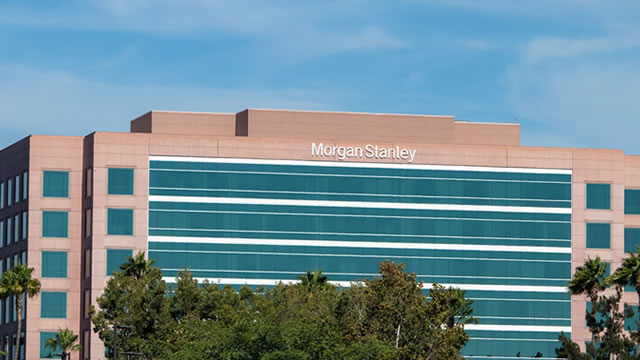Financial Advice Warning
The information given by Studying Stocks and provided in the web and/or mobile applications (Platforms) is only factual information and should not be considered financial advice.
Any information contained in this website has been prepared without considering your objectives, financial situation or needs. You should not rely on any advice and/or information contained in this website and before making any investment decision we recommend that you consider whether it is appropriate for your situation and seek appropriate financial, taxation and legal advice.
Account Creation
When creating an account, you acknowledge that you are:
- at least 18 years of age;
- possess the legal right and ability to enter into a legally binding agreement with us; and
- agree and warrant to use these Platforms in accordance with these Terms.
We retain the right to cancel your account for any reason, or refuse your account creation request.
Accuracy, completeness and timeliness of information
The information on our Platforms is not comprehensive and is intended to provide a summary of the subject matter covered. While we use all reasonable attempts to ensure the accuracy and completeness of the data and information on our Platforms, to the extent permitted by law, we make no warranty regarding the information on these Platforms. You should monitor any changes to the information contained on these Platforms.
Furthermore we make no commitments in regards to the minimum amount of uptime that our platforms will maintain, although we will make ever reasonable attempt to ensure that the platforms are operational. Therefore, any reference of "latest", "current" and related words about the financial data presented here may not be up to date with the financial markets or represent reality of the information.
We are not liable to you or anyone else if interference with or damage to your computer systems occurs in connection with the use of these Platforms or a linked website. You must take your own precautions to ensure that whatever you select for your use from our Platforms is free of viruses or anything else (such as worms or Trojan horses) that may interfere with or damage the operations of your computer systems.
We may, from time to time and without notice, change or add to the Platforms (including the Terms) or the information, products or services described in it. However, we do not undertake to keep the Platforms updated. We are not liable to you or anyone else if errors occur in the information or the Platforms is not up-to-date.
Linked sites
Our Platforms may contain links to websites operated by third parties. Those links are provided for convenience and may not remain current or be maintained. Unless expressly stated otherwise, we do not endorse and are not responsible for the content on those linked websites and have no control over or rights in those linked websites.
No commercial use
These Platforms are for your personal, non-commercial use only. You may not modify, copy, distribute, transmit, display, perform, reproduce, publish, license, commercially exploit, create derivative works from, transfer, or sell any Content, software, products or services contained within these Platforms. You may not use these Platforms, or any of its Content, to further any commercial purpose, including any advertising or advertising revenue generation activity on your own website.
Unacceptable activity
You must not do any act that we would deem to be inappropriate, is unlawful or is prohibited by any laws applicable to these Platforms, including but not limited to:
- any act that would constitute a breach of either the privacy (including uploading private or personal information without an individual's consent) or any other of the legal rights of individuals;
- using these Platforms to defame or libel us, our employees or other individuals;
- uploading files that contain viruses that may cause damage to our property or the property of other individuals; and
- posting or transmitting to these Platforms any non-authorised material including, but not limited to, material that is, in our opinion, likely to cause annoyance, or which is defamatory, racist, obscene, threatening, pornographic or otherwise or which is detrimental to or in violation of our systems or a third party's systems or network security.
If we allow you to post any information to our Platforms, we have the right to take down this information at our sole discretion and without notice.
Warranties and disclaimers
To the maximum extent permitted by law, we make no warranties or representations about these Platforms or the Content, including but not limited to warranties or representations that they will be complete, accurate or up-to-date, that access will be uninterrupted or error-free or free from viruses, or that these Platforms will be secure.
We reserve the right to restrict, suspend or terminate without notice your access to these Platforms, any Content, or any feature of these Platforms at any time without notice and we will not be responsible for any loss, cost, damage or liability that may arise as a result.
Liability
To the maximum extent permitted by law, in no event shall we be liable for any direct and indirect loss, damage or expense – irrespective of the manner in which it occurs – which may be suffered due to your use of our Platforms and/or the information or materials contained on it, or as a result of the inaccessibility of these Platforms and/or the fact that certain information or materials contained on it are incorrect, incomplete or not up-to-date.
Cookies
This website utilises cookies. If you do not have cookies enabled in your web browser some functions of the site may not work as intended.




















